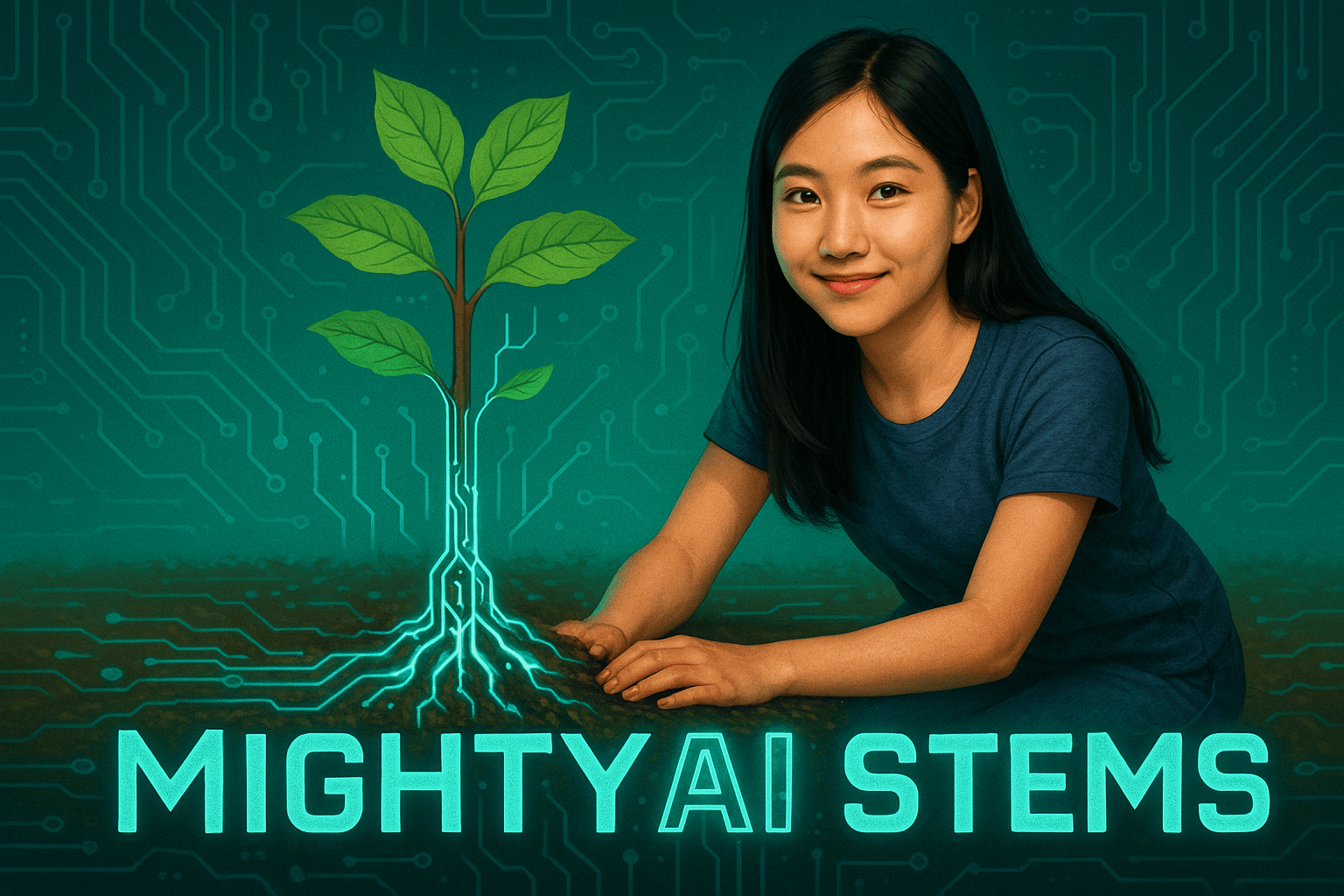Here is how the project went:
Really well! I successfully built the “MightyAI Stems” web application and got it running at https://mightyAIstems.org The web app combines NASA heat maps with FEMA flood data and CDC environmental justice information, which helps people find the best locations to plant trees in their neighborhoods in Hackensack, NJ. With inspiration from this app, I planted trees in an under-resourced area!
Through this project I/we learned:
I learned that environmental problems are way more connected than I initially thought. The neighborhoods without trees weren't just hot; they also had flooding problems and dealt with more pollution. It really opened my eyes to how some communities face multiple environmental challenges at once. This project taught me that if we want to solve environmental problems, we need to think about fairness and making sure everyone has access to green spaces.
What I/we might change:
I would definitely reach out to local organizations like the Hackensack Shade Tree Commission earlier in the process instead of waiting until after I built the app. Getting their input from the beginning would have made the tool even more useful for actual tree planting groups. I'd also start with a bigger geographic area instead of just Hackensack.
My/our favorite part of this project was:
Seeing the temperature data visualized on my map and realizing some neighborhoods were literally 7 degrees hotter just because they didn't have trees. It made the problem so real and concrete. Plus, actually going out and planting trees after building the app felt amazing because I could see my coding work translate into real environmental action.
Some tips, tricks or fun facts about the project:
Start by exploring free data sources like NASA and FEMA because they have tons of useful information! When building your tool, make sure users can adjust different factors based on what matters most to them. I added sliders so people could weight heat, flooding, and environmental justice factors from 0 to 100%.
